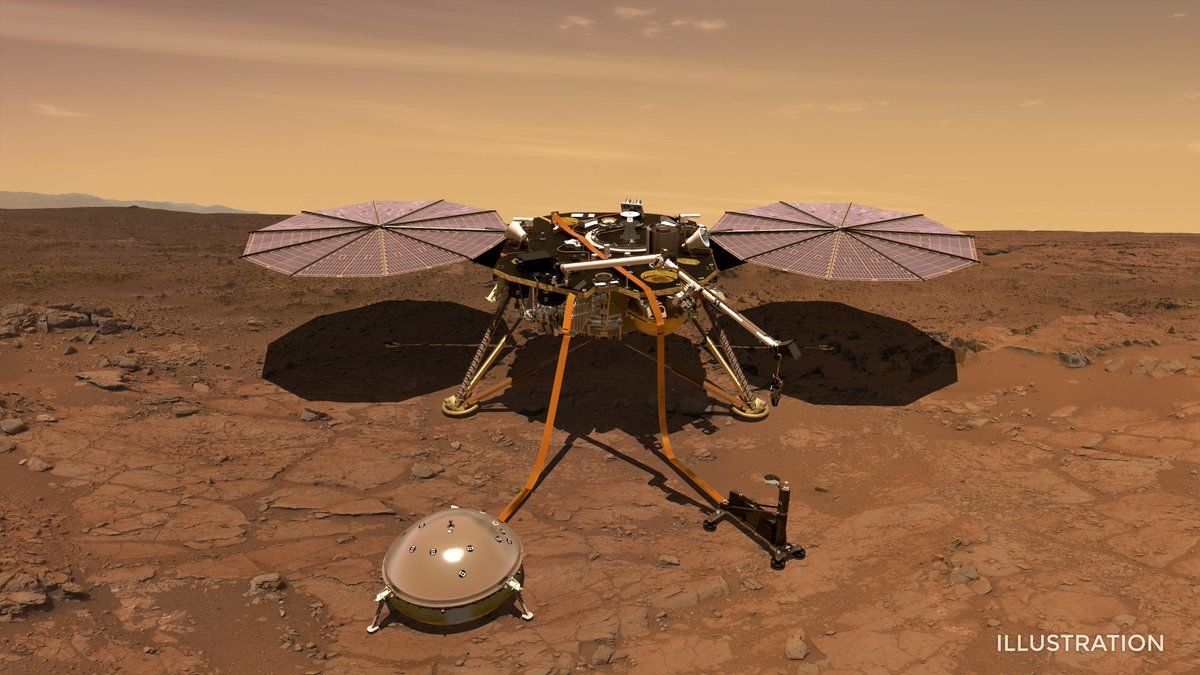Now that the Insight lander has settled in on Mars, scientists are learning more about the spot it’s in. With its 7-foot-wide solar panels fully deployed, it has already set a record for the most energy generated in a single day by any lander or rover on Mars at 4,588 wH. Also, the protective covers are coming off of its cameras, which should enable higher-resolution images.
Steadily easing into my workflow. It’s been a busy few days and now, a new picture of Mars without the camera lens cover. Plus, a new view from my robotic arm camera. Read: https://t.co/5qCjNVZaRs
More #Mars pics: https://t.co/tjr8tfaCg5 pic.twitter.com/CdWdyBrfGu
— NASAInSight (@NASAInSight) December 1, 2018
Fortunately, while the lander is tilted at a 4-degree angle inside its impact crater, it’s designed to operate at up to a 15-degree tilt. Any more could have prevented the panels from opening, and they’re needed to generate enough energy during its two-year mission toperate all of the instruments, even as dust and dirt flying around on Mars starts to cover them.
Next up? Picking out spots to deploy its subsurface heat-flow probe. As project manager Tom Hoffman said, “There are no landing pads or runways on Mars, so coming down in an area that is basically a large sandbox without any large rocks should make instrument deployment easier and provide a great place for our mole to start burrowing.”
(28)

